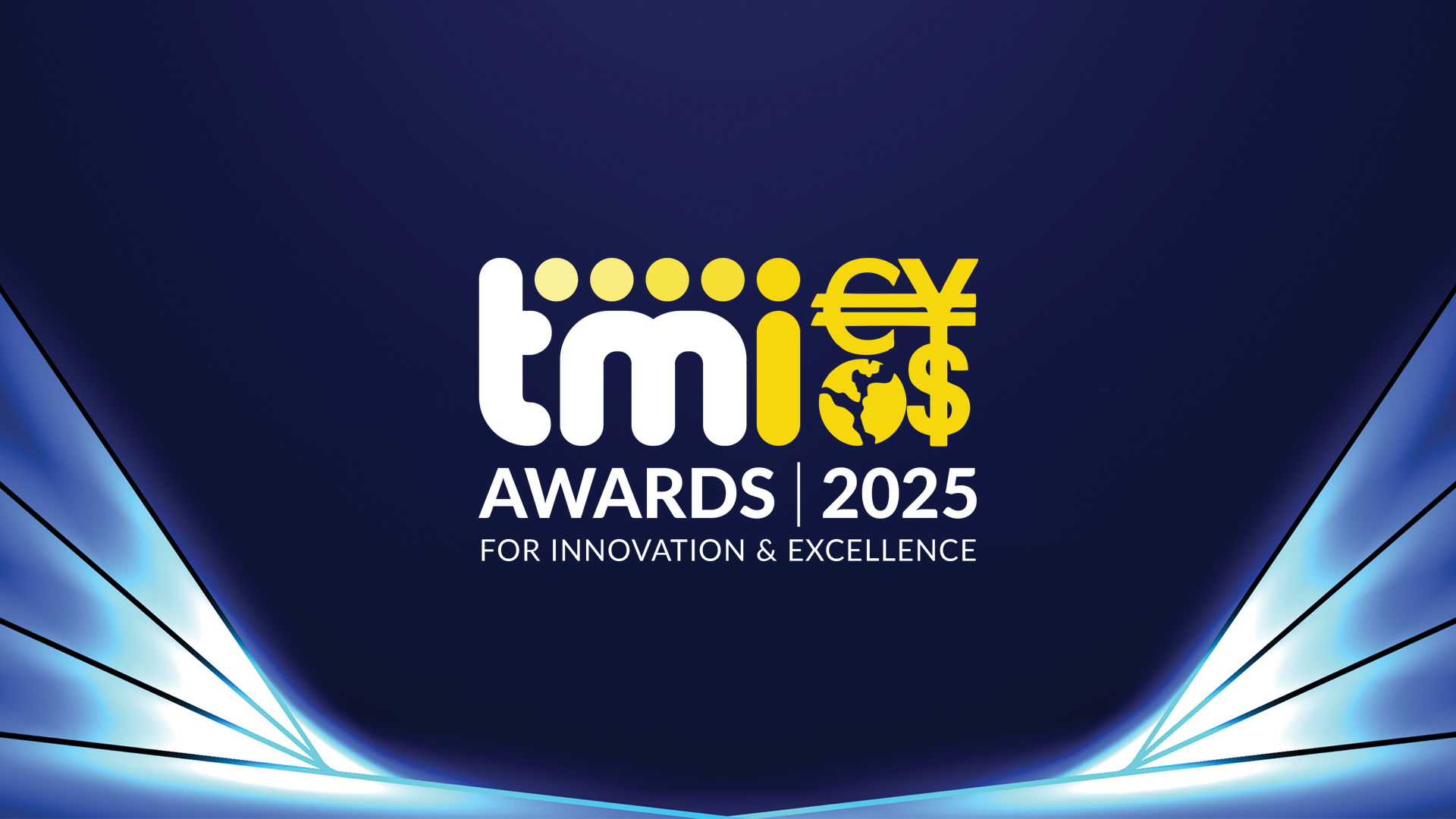

- Kam Patel
- Columnist
Many treasurers are trying to find their feet in helping their companies deliver on sustainability. Having led the successful execution of an innovative project to implement ESG-linked FX derivatives for her organisation, Lisa Dukes, Director, Corporate Finance & Derivatives, Drax Group, encourages them to be bold, determined and not shy away from thinking outside the box.
Power generators are under intense investor scrutiny over their sustainability credentials with fossil-fuel players, not surprisingly, a major focus. But the sector’s greener contingent is by no means resting on its laurels, with the UK’s leading renewable energy supplier Drax notably proactive on the sustainability front with initiatives that include a trailblazing ESG-linked foreign exchange (FX) derivatives initiative.

Lisa Dukes
Director, Corporate Finance & Derivatives, Drax Group
This is by no means the first ESG feather in Drax’s cap, however. In 2019, the firm secured a £125m ESG CO2 emission-linked loan facility – a global first for a power generator. That same year, the company also announced its ambition to be carbon negative by 2030 using bioenergy with carbon capture and storage (BECCS) – another global first. Drax also rolled out the first sustainable CO2 emission-linked deferred letter of credit facility. And in late 2020, the group refinanced its existing revolving credit facility (RCF), replacing it with a new £300m ESG RCF, now enshrining ESG methodology across the full corporate finance spectrum.
Closely linking Drax’s ESG initiatives to behaviours within the company has been key, says Dukes. “We’re intrinsically keen on sustainability aspects of operations – it’s a natural extension of what we do as a business. Innovating to create a positive sustainability improvement is therefore at the heart of what we do at Drax – it’s expected of us and in line with what our shareholders and stakeholders want to see.”
Moving ESG into FX
As such, linking Drax’s derivatives book to ESG was the next logical step given the size and focus of the company. In a nutshell, the solution applies long-term ESG key performance indicators (KPIs) to short-term FX trades with two of the company’s main banks, NatWest and Barclays, chosen by the firm as partners for the development and execution of the initiative. The ESG-linked FX derivatives agreements cover forwards, swaps and options.
Reflecting on the initial stages of the initiative, Dukes says Drax’s treasury decided early on to eschew focus on single-trade solutions in favour of tying the group’s sustainability metrics to day-to-day derivative activity: “We wanted to promote positive actions for the future, drive the right behaviours generally, not for one single element. We were also very focused on making sure we wouldn’t be creating more work for everybody involved.”
The flurry of activity by Drax in executing financial agreements with sustainability at their core has attracted considerable attention: “Two-thirds of our pretty large banking group, indeed even banks not in our current group, have reached out to see how they can support us with similar structures either in the derivative space or elsewhere.
“The initiatives have helped promote similar values among our stakeholders, including firms in the supply chain, encouraging them to go further in improving their own sustainability. Across Drax’s activities, we’re trying to promote a focus on sustainability that drives behaviours in the right way.”
Strong project partnerships key to success
According to Dukes, NatWest and Barclays responded enthusiastically as partners to the mission, readily coming up with ideas on how the innovative approach could be executed using carbon intensity metrics that Drax had already established and incorporated into its new RCF. Dukes adds that the eventual, highly successful outcome for the collaboration between the three “illustrates how long-term stakeholder relationships and engagement, striking the right relationships, can support effective innovation”.
Mimi Rushton, Co-Head, Global FX Sales, Barclays Investment Bank, echoes Dukes’ emphasis on the need for strong, long-term relationships between partners for innovative projects, noting that she and Dukes first interacted on Drax business eight years ago. She adds: “FX can sometimes feel very transactional for many counterparties; it can feel like a one-way street with banks simply responding to client needs. But when relationships develop, such as the one that we are very fortunate to have with Drax, you become thinking partners for each other, and challenge each other to do things differently. That’s what we’re seeing in the execution of this project.”

Mimi Rushton
Co-Head, Global FX Sales, Barclays Investment Bank
Rushton was particularly impressed by the “amazing energy and enthusiasm” shown by all parties and the realisation once the framework for the initiative had been decided upon that it could move very rapidly to execution. “From our perspective too, it was important not to create additional unnecessary work for Drax, try not to rely on anything that was too manual or cumbersome for either side. I believe we were smart in thinking about how to accomplish this in the most efficient, pain-free way.”
She adds: “ESG is highly topical now, not only because our clients care about it but because their shareholders do as well. With Drax, it was about working with Lisa to find something that would be thoughtful and innovative, certainly, but also remain meaningful long-term as opposed to something that was ceremonial or just ticking boxes.”
Like Barclays, project partner NatWest has also enjoyed a strong, collaborative relationship with Drax over many years. Tom Moody, FX Corporate Sales, NatWest Markets, says Drax was one of the first clients NatWest spoke to after the bank developed some ideas for linking FX hedging to ESG goals.
Moody adds: “The main challenge was that most previous attempts to link FX with ESG relied on a use-of-proceeds approach. But most companies run a centralised treasury for their FX operations, and so do not have the ability to apply use-of-proceeds. We took the decision to link FX hedging with firm wide ESG KPIs, thus linking a firm-wide FX hedging programme to firm-wide ESG goals.”
Moody points out that, although ESG and FX are core to NatWest, the ESG-linked FX derivative idea didn’t easily fit into any of the bank’s existing product specifications.Thankfully, this was swiftly resolved: “After initial discussions, it was easy to convince people throughout the organisation that we should prioritise the changes needed to develop and market the product, considering its potential for helping address real world treasury needs.”
Client feedback so far has been “excellent”, says Moody. Like Rushton, he too is upbeat on the outlook for his organisation’s ESG-related efforts generally: “We are excited to be leading development in this market and looking to expand our capabilities over the coming months and years to provide more opportunities to our clients. It feels like a turning point has been reached, with many companies now looking for ways to embed ESG goals across their organisation.”

Tom Moody
FX Corporate Sales, NatWest Markets
In practice, Drax’s ESG-linked agreements aim to incentivise reduction in carbon intensity on an annual reducing target that is designed to become more challenging if the company constantly over-delivers. That metric is validated annually against information published in its annual report and accounts and independently reviewed for accuracy and reliability beforehand.
Dukes explains: “If the metric is not met, obviously we wouldn’t receive the sustainability premium. But the primary goal is not around financial profit or benefit – it’s not significant sums of money that will make a dent in any party. But it is meaningful enough to care about. The aim is about making sure we keep ESG core to our thinking and actions. Even small incentives can encourage big changes in behaviour - that’s the mindset we’re really trying to promote.”
Opportunities knock
Looking ahead, Dukes hopes to extend sustainability agreements beyond FX derivatives to other operations including interest and inflation. “We’re looking right across the treasury spectrum, but our overall aim remains to continue to demonstrate that sustainability is part of our core and have it embedded within our trading philosophy going forward.”
At Barclays the Drax initiative is seen as an innovative landmark that will provide lasting encouragement: “It’s the beginning of a journey that we’re on more broadly as an organisation,” says Rushton. “It will be interesting to see how many clients consider looking at this more closely with us and explore opportunities that are available. What is beautiful about the Drax project is that it is bespoke to a specific client and circumstance. Other bilateral conversations could lead to new interesting opportunities to develop novel solutions that fulfil client ESG needs. Given the interest within this space, especially from the investor community, I think we can be very optimistic about the potential.”
Keep pushing boundaries
So what advice can these experts offer corporate treasurers interested in participating in similar innovations? Moody is keen to reassure treasurers that tackling sustainability doesn’t need to be onerous or debilitating. “Introducing ESG into treasury can be quick, easy and mutually rewarding. Most banks, including NatWest, now have in-house ESG experts, and it makes sense to engage them early in the process, so that the ESG FX solution is aligned with the overall ESG goals of the firm and is therefore easy to implement.”
For Rushton, discussions with banks that treasurers trust and have a good relationship with to explore the art of the possible are key. “Don’t be constrained by a notion that something isn’t achievable, especially if it hasn’t been done before. In this space it’s incumbent upon all of us to be as innovative as we possibly can be and test each other. Be bold and have those conversations.”
For Dukes, the key is always keeping in mind the purpose of ESG agreements. “You’re entering into them for a reason, and you need to be very clear on that. Work with your longer-term stakeholders to help drive and deliver positive actions and performance, whatever those might be for your own particular business, and strive to encourage others to do the same. As treasurers, we’ve barely scratched the surface of ESG, so don’t be afraid to think outside the box. If the answer is ‘no’, well that just means ‘not yet’- so keep pushing the boundaries.”



